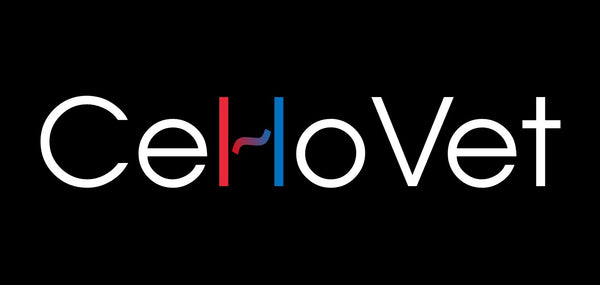Cellophane is making a splash in the veterinary surgical literature!
Several new veterinary cellophane and portosystemic shunt studies published
Have you been keeping track of the literature this past few months? If not, there are a plethora of new studies looking at various aspects of cellophane or thin film banding use for attenuation of portosystemic shunts in veterinary patients.
I've taken the liberty of summarizing and analyzing them all here and you will find links to the original articles throughout this blog so you can take the time to read them yourself and make up your own mind.
Dr Strickland et al (Vet Surg, 2018) from the Royal Veterinary College reported on the "Incidence and risk factors for neurological signs after attenuation of single congenital portosystemic shunts in 253 dogs"using thin film banding. This study looked at dogs over a 15 year period between 2000 and 2015 who had surgical attenuation of their singular, extra-hepatic portosystemic shunts confirmed by intra-op mesenteric porto-venogram. Whilst this paper doesn't describe the surgeons' techniques, I have contacted one of the authors who described some key features of their operations:
- In more modern cases, pre-op CT angiograms, intra-op imaging and portal pressures were always performed.
- Acute, complete attenuation with suture was performed when tolerated based on portal pressure and clinical signs of portal hypertension. When complete attenuation was not able to be performed, then thin film banding was performed with the vessel attenuated as far as possible without excessive causing portal hypertension. If thin film banding is performed a loose propropylene suture is left near the attenuation site to help ID the area if revision is required.
- Thin film was of uncertain provenance and could not be determined to be 'real' cellophane.
- Unpublished (as yet) data suggests excellent long term outcomes with ~80% complete occlusion at 3 months and revision surgery very rarely required even if small residual shunting was present, as bile acid levels and clinical signs often improve to a near normal level.
- Increasing age
- Presence of signs of HE immediately preoperatively
Overall post-op neurological sign rate of 11.1% with no effect of pre-treatment of levitiracetam (Keppra) on the risk of post op neuro signs. This study suggests that early diagnosis and treatment of dogs with portosystemic shunts helps to reduce the risk of post op neurological signs.
This study by Dr Wallace et al looked at the "Gradual attenuation of a congenital extrahepatic portosystemic shunt with a self-retaining polyacrylic acid-silicone device in 6 dogs" and was published in Veterinary Surgery in 2018. This clinical study reported the outcome in 6 dogs who underwent portosystemic shunt attenuation using a novel gradual occluder made from a polyetheretherketone ring and proprietary polyacrylic acid-silicone hygroscopic gel. Like an ameroid, the device works similarly by having the polyacrylic gel slowly swell within a solid ring, which causes slow concentric occlusion of the shunt vessel. In Wallace's study, 4/6 dogs had complete occlusion of the shunt vessel based on post-op CT angiogram and ultrasound at 8 weeks, and no dogs in the study developed acquired shunts. Of the 2/6 dogs which had residual shunting, one had normal serum bile acids despite continued shunting. This study showed that the novel occluder worked as anticipated and had similarly successful results when compared to thin film banding and traditional ameroids, although the case numbers are very small. The polyacrylic acid-silicone device has one substantial advantage over ameroids however, in that it is nearly completely radiolucent and allows for post-op CT angiograms without the presence of artifact.
- 3 vs 4 layered cellophane
- 25% vs 50% attenuation of cadaveric external jugular veins
- Medium vs medium-large clips
- Titanium vs polymer clips
- No spectroscopy was ever performed on either of their thin films, so it is absolutely possible that BOTH their bands were plastic and could account for the recanalization.
- Drawing conclusions from a single case and applying it to a whole body of research is foolhardy.
In the end, further research is required, and not all thin films are cellophane. We are partnering with several academic institutions in order to help determine exactly how real, uncoated, cellophane works and what we can do to improve clinical outcomes in our patients.
If you want to be certain it's cellophane, use CelloVet.

